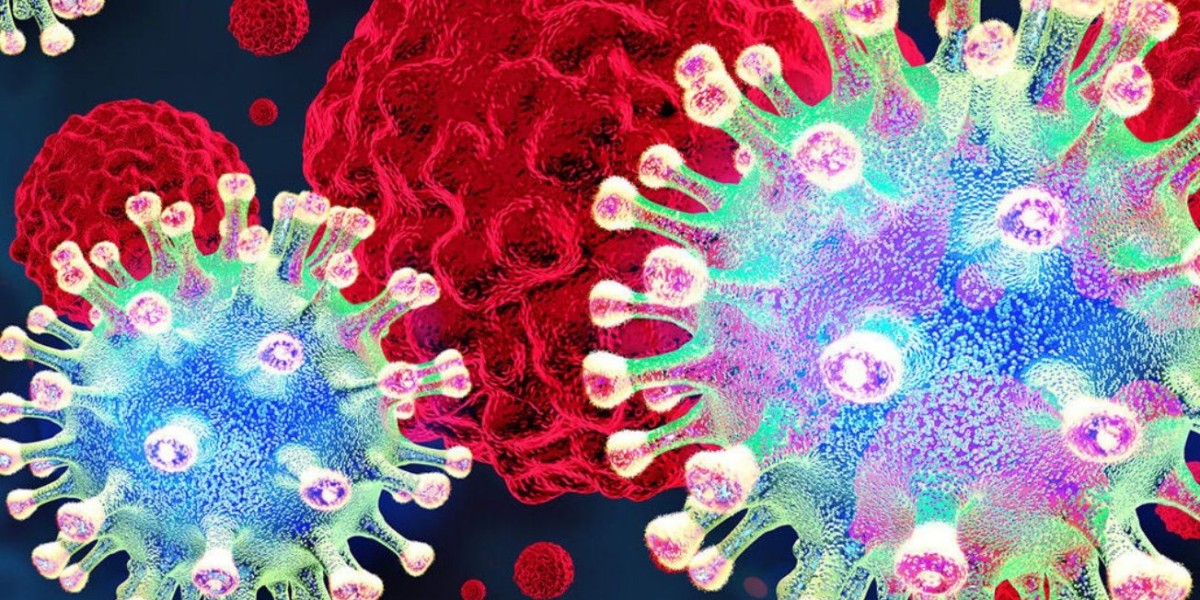The oncolytic virus cancer therapy pipeline represents a groundbreaking approach in the fight against cancer. By harnessing the power of genetically modified viruses, this innovative treatment selectively targets and destroys cancer cells while sparing healthy tissue. This strategy not only offers a novel mechanism of action but also holds promise for overcoming the limitations of traditional therapies.
Key Treatments & Technologies
The landscape of oncolytic virus therapies is diverse, encompassing various viral platforms and delivery methods. Notable examples include:
T-VEC (Talimogene laherparepvec): A genetically modified herpes simplex virus type 1 (HSV-1) that has shown efficacy in treating melanoma.
Pelareorep: An oncolytic reovirus that has demonstrated potential in treating breast cancer.
VSV-IFNβ-NIS: A vesicular stomatitis virus engineered to express interferon-beta and the sodium iodide symporter, enhancing its oncolytic activity.
These therapies are administered through various routes, including intratumoral, intravenous, and intradermal, depending on the specific treatment and tumor type.
Market Relevance
The significance of the Oncolytic Virus Cancer Therapy Pipeline Analysis lies in its potential to address several challenges in oncology:
Tumor Heterogeneity: Traditional therapies often struggle with the diverse nature of tumors. Oncolytic viruses can adapt to and target various tumor subtypes.
Immune Evasion: Cancer cells frequently evade immune detection. Oncolytic viruses can stimulate the immune system, enhancing its ability to recognize and destroy tumor cells.
Resistance to Conventional Therapies: Some cancers develop resistance to standard treatments. Oncolytic viruses offer an alternative mechanism of action, potentially overcoming this resistance.
Furthermore, the integration of oncolytic virus therapy with other treatment modalities, such as immune checkpoint inhibitors and chemotherapy, is being explored to enhance therapeutic outcomes.
Applications & Value
The applications of oncolytic virus therapies are vast, impacting various stakeholders in the healthcare ecosystem:
Patients: These therapies offer hope for patients with refractory cancers, providing an alternative when conventional treatments fail.
Healthcare Providers: Oncolytic virus therapies can be integrated into existing treatment protocols, offering clinicians additional tools to combat cancer.
Pharmaceutical Industry: The development of oncolytic virus therapies opens new avenues for drug development and commercialization, fostering innovation in cancer treatment.
Moreover, these therapies can potentially reduce healthcare costs by decreasing the need for prolonged treatments and hospitalizations.
Trends & Future Insights
The oncolytic virus cancer therapy pipeline is poised for significant advancements:
Personalized Medicine: Tailoring oncolytic virus therapies to individual patient profiles can enhance efficacy and minimize side effects.
Combination Therapies: Combining oncolytic viruses with other treatments, such as CAR-T cell therapy and immune checkpoint inhibitors, is an area of active research.
Global Expansion: As clinical evidence mounts, the adoption of oncolytic virus therapies is expected to increase globally, including in emerging markets.
The oncolytic virus cancer therapy pipeline represents a transformative approach in oncology. With ongoing research and clinical trials, these therapies hold the potential to redefine cancer treatment paradigms, offering new hope to patients worldwide.






